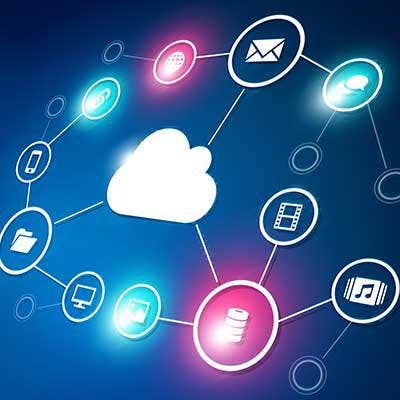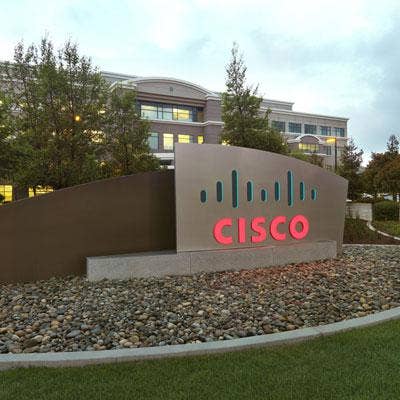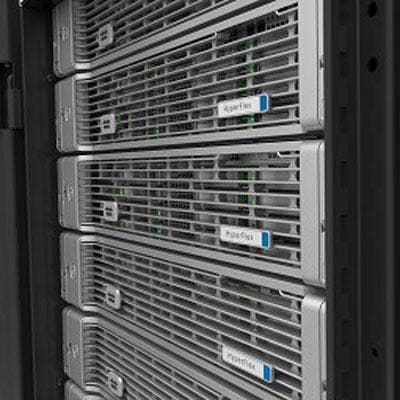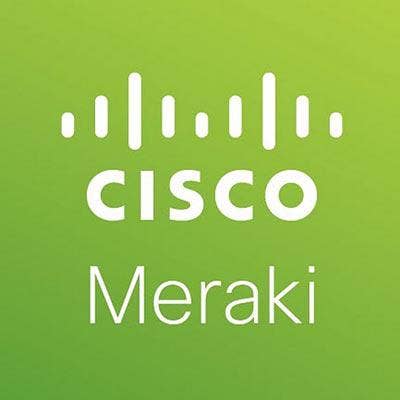Aqueduct Technologies CEO: 10 Big Bets We're Making In 2018

Place Your Bets
Life-cycle services, software-defined WAN and Cisco's Broadsoft technology are just some of the big bets fast-growing CRN Triple Crown winner Aqueduct Technologies is making this year.
"Most VARs are under pressure right now with margins, rebate programs diminishing, things along those lines – so we're really continuing to build off our services-led strategy," said Manak Ahluwalia, founder and CEO of Waltham, Mass.-based Aqueduct Technologies, in an interview with CRN.
Aqueduct, named to CRN's 2018 Managed Service Provider 500 list in the Elite 150 category, is a Cisco Gold partner and was recently awarded Software Lifecycle Partner of the Year in the East Region by Cisco. CRN spoke to Ahluwalia about where Aqueduct is investing to drive growth in 2018.

SD-WAN
Our WAN business this year will be about 80 percent SD-WAN, it was 20 percent last year – that's how fast it's shifting for us. SD-WAN is a huge investment for us. We've taken three models of SD-WAN. We have a carrier practice. So we have the ability to go to a customer and provide it as a true end-to-end solution. We also have a 'bring your own transport model' where we can educate a customer on what a Viptela solution looks like versus a CloudGenix, versus a Silver Peak, versus Riverbed – help them pick the right decision for them. Then we can bring in any carrier they want on both the private and public side of the house. The third model is we have a fully managed option we are building around [Cisco] Viptela. We tend to find that customers say, 'Listen, we don’t think the carriers do this part really well. Carriers bring really good transport in, but they're very restrictive in regard to us wanting to customize QoS and failover policies and everything else.' They're having us provide a lot more of managed service for SD-WAN.

Cisco-Broadsoft
Cisco's acquisition of Broadsoft has paused the market. We think Cisco will have a pretty viable platform for UCaaS [Unified Communications as a Service] within the next six to 12 months that will drive a lot more of the adoption into the cloud. A lot of the conversations we're having with customers is, 'Don't make the knee-jerk reaction of moving to somebody else in the cloud. You've already got an incumbent investment in Cisco technologies. Let's move you to the flexible license model that Cisco has now, so that when this becomes available to you, you can then pick and choose whether the next phone system is on-premise or in the cloud.' That's what we're starting to see pop up more in the UCaaS side of the house. Cisco's done a tremendous job in the past two or three years in evolving their platform and making it more cost-efficient and easier to use.

Life-Cycle Services
We built a life-cycle service around technologies that will impact the end users. If you look at our Cisco WebEx or collaboration enablement … it's an end-to-end program where we continually stay in touch with the customer -- making sure they understand the business and technology objectives and helping them identify at what pace to roll those features out to the end users. If you roll out too much, you confuse them. If you don't roll out enough, they don't see the value in it. We work with them on what does that plan look like? What phases are we going to do it in? How do we empower the end user? How do we educate them? How do we train the administrator to support those end users? And how do we continue to add more capabilities?

Deep Customer Assessments
On the pre-sales side, customers would say, 'That's great that you could take me through this [modernization] journey, but we're already on this journey. Frankly, we bought a lot the technologies that should be giving us the performance, the availability, the security or the communication and collaboration needs we have, but we’re not getting that.'
So about two or three years ago, we built out a very strong assessment practice where we could come into a customer and truly understand their current state, help them understand what they should be getting out of their technologies, where the gap is and then how to plug that gap. This works really well for organizations with new executive leadership that has just inherited an environment and they don’t have the documentation or baseline knowledge of what's exactly there. We can really come in and help educate them on the current state, what they have, help build a plan. Then in other cases it's just fine-tuning. We're investing there because it builds a lot of value within our customer and a strategic alignment between us and them.

Cisco HyperFlex
Cisco's done a really good job with HyperFlex. I'll tell you, we were a bit concerned when Cisco said they were going to move into this market. How well could they do it? Were they too far behind in the rollout? They've really surprised us on how fast they can get to market. HyperFlex is giving customers a really good ability to build off of your investments in [Cisco] UCS, which a lot of customers found very beneficial for them, and still be able to leverage their pre-existing storage environments.

Hyper-Converged Infrastructure
We think there are three pretty strong platforms in the hyper-converged market. There's HyperFlex, but also Dell EMC has done a good job in evolving VxRail and VxRack. They've made a lot of headway here in the last year or two. If you were an EMC shop -- EMC storage, VMware -- they're really working to help modernize you on VxRail or VxRack. If they're going to lose that battle, they'll do an OEM Dell server with Nutanix.
We still think Nutanix has the most feature-rich capabilities today. If customers need a feature set, Nutanix is still the top dog in that market. We think people are closing the gap, but Nutanix is still probably the lead horse in that race.

Cisco Meraki
We've already made major investments in Meraki in 2015 and 2016. We're continuing to see Meraki have tremendous value for our customers. There's certain verticals and use cases it lends very well to. What we've found is that the Meraki acquisition has shaken up Cisco's traditional platforms. Sometimes simplicity and a nice interface means a lot more to a customer than BGP [border gateway protocol] time. They're in the process of 'Meraki-fying' some of their enterprise-level technologies. We think that [Cisco's] SD-Access, DNA Center and some of the new technologies they're rolling out are trying to provide more of a Meraki-like experience to the customer. That's an ongoing investment for us.

Culture Drives Low Attrition
We're always investing back into our culture, our people. We've have very low attrition rates from an engineering perspective compared to our peers because we really focus very heavily on the culture and being one of the best places to work. That's another big value-add. We were named one of America's Best Workplaces [by Inc. magazine].

Internal Sales
We spent a lot of time repositioning our sales organization and our dedicated pre-sales organization in understanding technology trend changes, business needs, business value selling and things along those lines. We do a really good job of coming in and really qualifying what are the customer-specific areas of need, where they're heading, what that transition is going to look like and the technologies that can support that. … The second major thing we do is making sure customers can take advantage of enterprise communication tools as a competitive advantage. So really understanding what that end-user experience looks like, then helping them adopt and roll out these technologies in a suitable fashion for their business.

Follow The Data
We're seeing that the sheer amount of data in devices coming onto the network are so massive that you can't just get them all in the public cloud. It's got to be handled at a local level to some degree. … We believe once all these devices come on the network, the network has to transform significantly. You're going to have 10X more devices on the network. So how do you police, manage and automate and get all of that on the network – we're making our investments there. How do you secure these workloads? How do you understand the compliance? Where is the data? Who has it and who's protecting it – that's where we're making our bets.